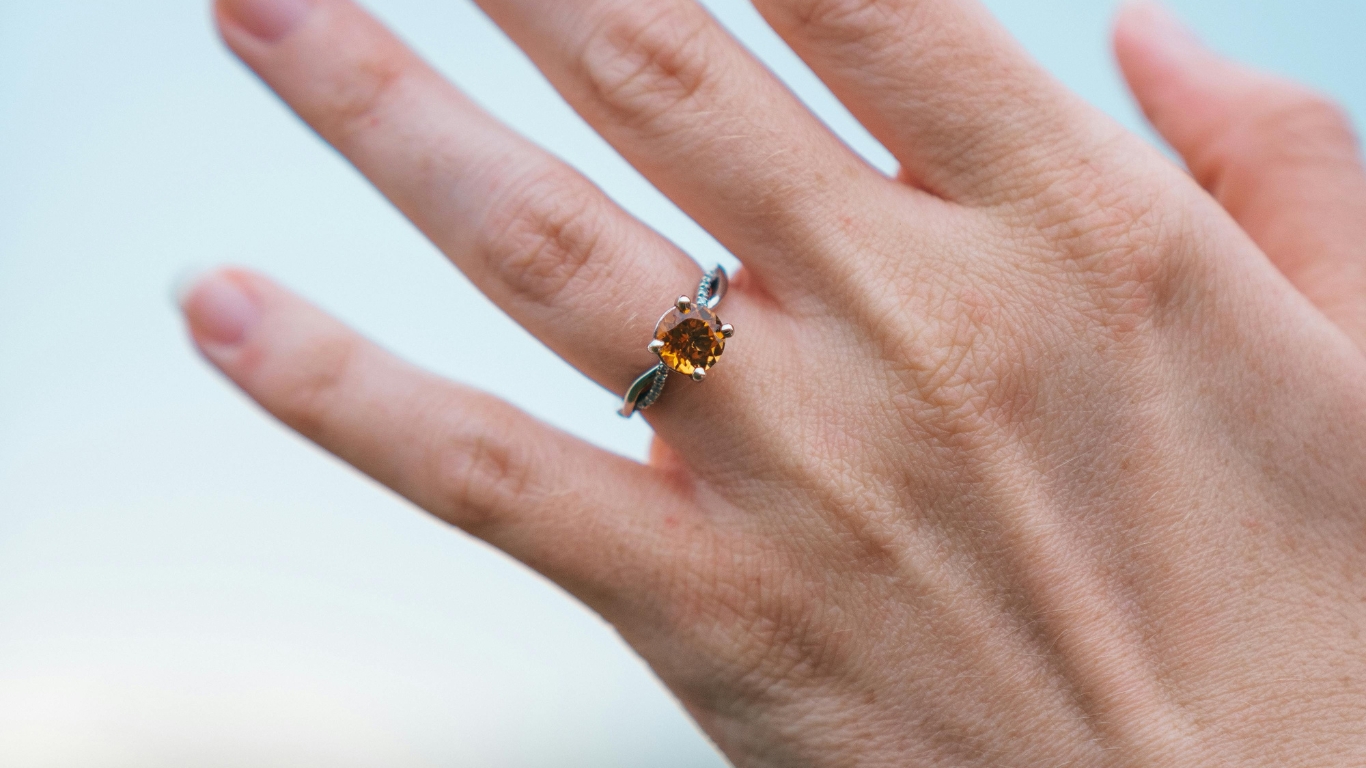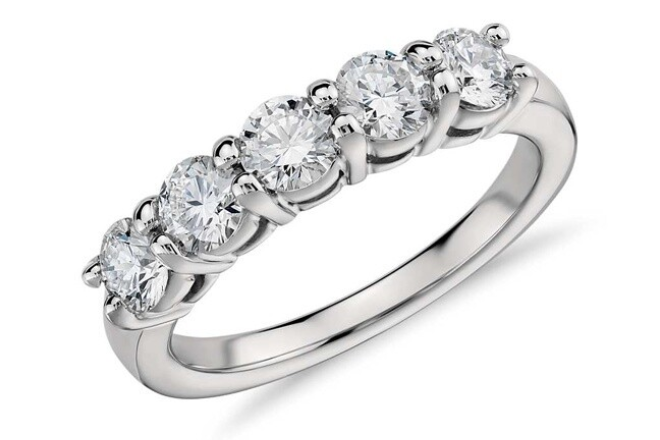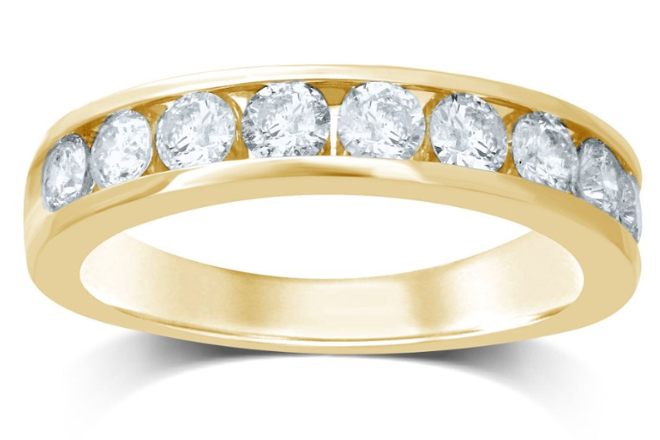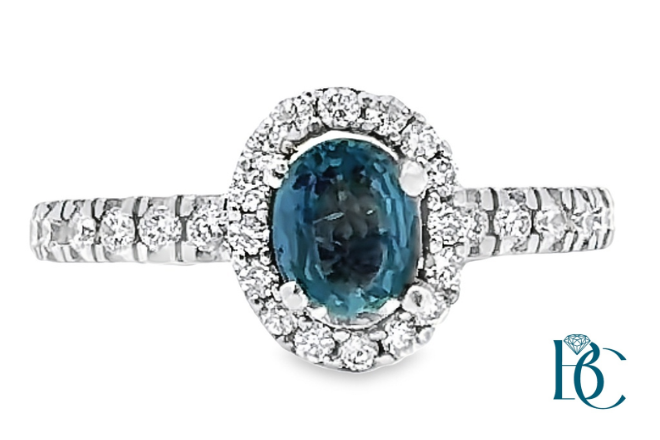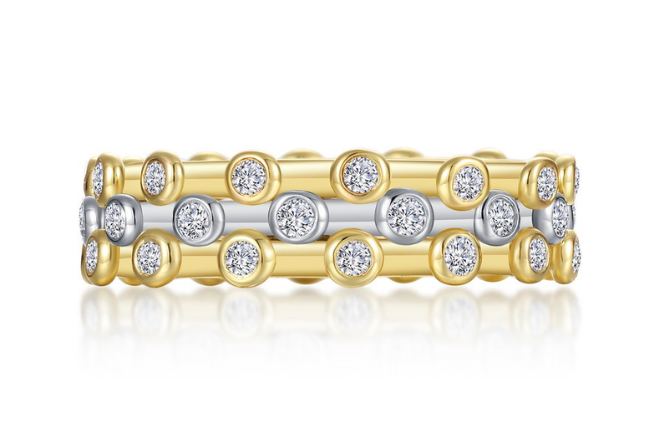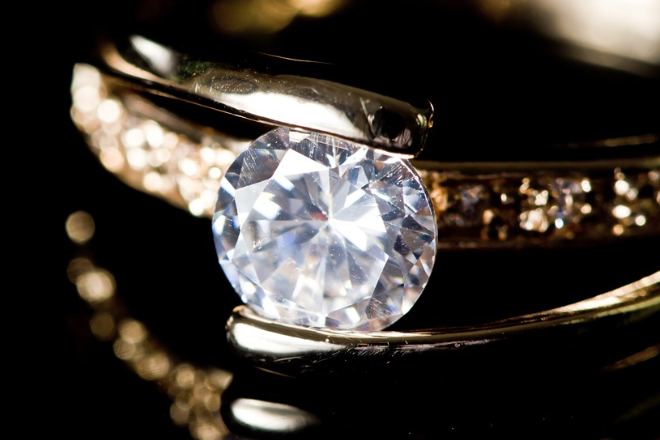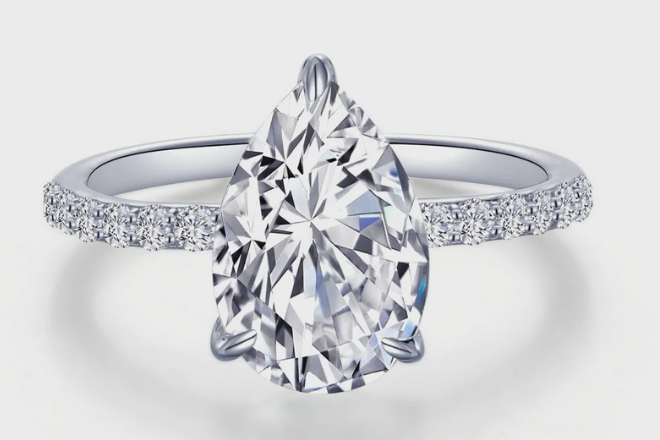Choosing an engagement ring is an important decision, and gemstone options offer unique meanings. Each gemstone has its own significance, making it essential to know what each one represents. Understanding the meanings behind gemstones can help couples choose an engagement ring that reflects their relationship and values.
Many people appreciate the beauty of traditional diamonds, but other gemstones can add a personal touch. From sapphires to emeralds, each stone carries rich symbolism and history. This can make the ring not just a piece of jewelry, but a meaningful token of love.
Finding the right gemstone involves considering both its beauty and what it symbolizes. Couples should also think about how the ring’s design complements the chosen stone. With so many options available, the perfect gemstone ring can be found for every couple.
Key Takeaways
- Gemstones have meaningful symbols that reflect a couple’s love.
- Selecting a gemstone involves personal preferences and significance.
- Design choices can enhance the beauty of the chosen gemstone.

The Significance of Gemstones in Engagement Rings
Gemstones have long played an important role in engagement rings. Their meanings and histories add depth to these meaningful pieces of jewelry. Each stone carries its own stories and symbols, which can enhance the significance of an engagement.
Historical Context of Gemstone Use
Historically, gemstones have been associated with love and commitment for centuries. Ancient cultures believed that certain stones possessed special powers. For example, the Greeks and Romans often used sapphires and diamonds to symbolize fidelity.
In the Middle Ages, engagement rings made from various gemstones were popular among royals. Each stone reflected personal attributes or virtues like loyalty and purity. This set the stage for modern traditions where people select gemstones based on their meanings.
Modern Interpretations of Gemstone Meanings
In today’s world, gemstones continue to hold special significance in engagement rings. Couples often choose stones that represent their unique stories or shared values.
For instance, rubies symbolize passion, while aquamarines stand for tranquility. Some people prefer alternative gemstones like morganite or opal for their distinct beauty.
The meanings behind these stones can personalize the engagement ring, making it more than just a piece of jewelry. Choosing a gemstone allows couples to express their love in a meaningful way.
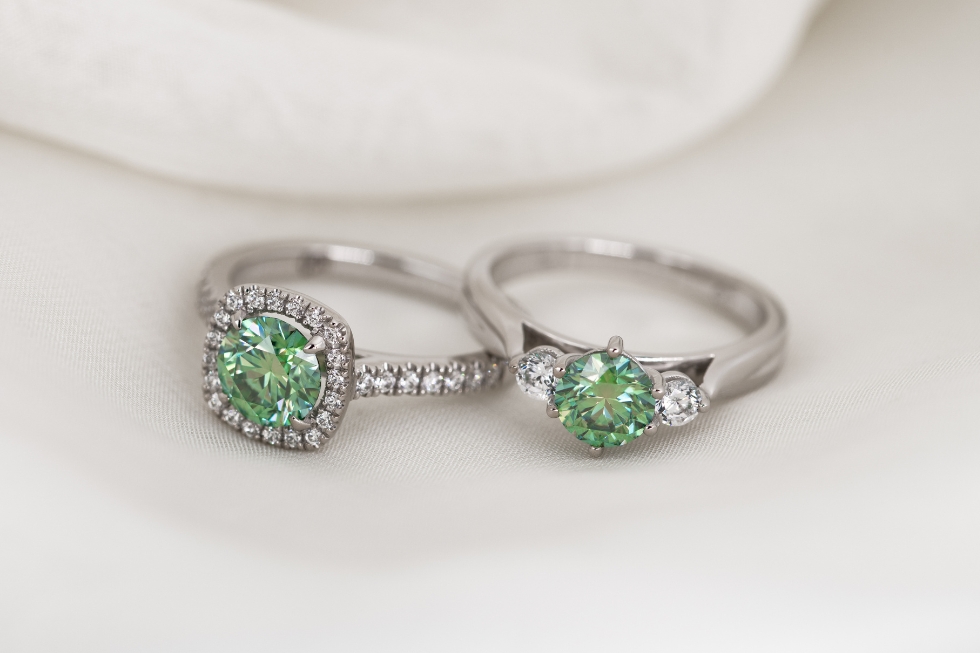
Selecting the Right Gemstone
Choosing the right gemstone for an engagement ring involves understanding different options and personal meanings. Factors such as alternatives to diamonds, the significance of birthstones, and the symbolism of colors play key roles in this decision.
Diamond Alternatives: Pros and Cons
Diamonds are traditional, but many consider alternatives like sapphires, emeralds, and moissanite.
Pros of Alternatives:
- Cost-Effective: Alternatives often cost less than diamonds.
- Unique Choices: Each stone offers different colors and characteristics.
- Durability: Many alternatives are scratch-resistant and long-lasting.
Cons of Alternatives:
- Perceived Value: Some people may view diamonds as more prestigious.
- Resale Value: Diamonds typically have higher resale values.
It is crucial to weigh these factors to make an informed choice.
Analyzing Birthstones and Personal Relevance
Birthstones have specific meanings tied to each month. Selecting a birthstone can add a personal touch to the engagement ring.
- January (Garnet): Represents love and friendship.
- April (Diamond): Symbolizes purity and strength.
- September (Sapphire): Signifies wisdom and nobility.
Using a birthstone can connect the ring to significant life events or personal beliefs. This connection can enhance the emotional value of the jewelry.
Color Symbolism and Gemstone Selection
Colors carry meanings that influence gemstone choices.
- Blue Stones (like Sapphire): Often represent loyalty and trust.
- Green Stones (like Emerald): Symbolize growth and harmony.
- Red Stones (like Ruby): Stand for passion and love.
Understanding color symbolism can guide individuals to select a gemstone that reflects their feelings or the relationship’s essence. This knowledge can make the engagement ring even more special.
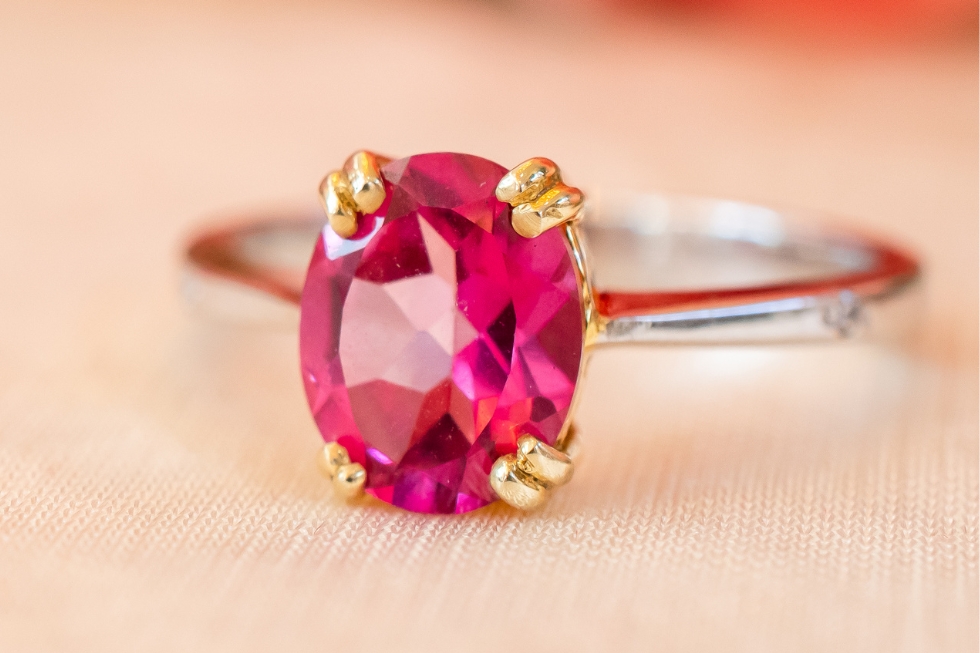
Design Considerations for Gemstone Engagement Rings
When selecting a gemstone engagement ring, several design factors play a crucial role. These include the ring setting, the metal used, and how to care for the gemstone. Each consideration impacts the ring’s beauty and longevity.
Ring Setting Styles for Gemstones
Choosing the right ring setting enhances the appearance of the gemstone. Popular styles include:
- Prong Setting: This style uses small metal claws to hold the stone in place, allowing maximum light to enter. It’s perfect for showcasing the gem’s brilliance.
- Bezel Setting: A metal band surrounds the stone, offering protection and a modern look. This style is ideal for those seeking durability.
- Halo Setting: A center stone is surrounded by smaller stones, adding extra sparkle. This style highlights the main gemstone and can make it appear larger.
Each setting type influences how the gemstone is viewed, so selecting one that complements its qualities is important.
Metals and Their Aesthetic Impact
The choice of metal also greatly affects the ring’s style. Common options include:
- Platinum: Known for its strength and white sheen, platinum offers a classic appearance. It is hypoallergenic and ideal for everyday wear.
- White Gold: This popular choice has a similar look to platinum but is less expensive. It may require more maintenance due to its rhodium plating.
- Rose Gold: The warm, pink tones of rose gold provide a unique and romantic touch. Its popularity has grown in recent years.
Each metal type can change the ring’s overall appearance, making it essential to choose one that matches personal style.
Caring for Gemstone Jewelry
Maintaining gemstone rings ensures their beauty lasts. To care for these rings:
- Regular Cleaning: Use a gentle solution of soap and water to clean the gemstone. Avoid abrasive materials that could scratch the surface.
- Safe Storage: Keep the ring in a soft pouch or box to prevent scratches from other jewelry.
- Professional Checkups: Have the rings examined by a jeweler periodically. This helps ensure the settings are secure and the stones are undamaged.
With proper care, gemstone engagement rings can remain stunning for years.
Frequently Asked Questions
Many people have questions about the meanings behind different gemstones used in engagement rings. Each gem carries its own significance, which can add a personal touch to the ring.
What do different gemstones represent when chosen for engagement rings?
Different gemstones symbolize various qualities and feelings. For example, diamonds often represent strength and durability, while sapphires symbolize wisdom and loyalty. Emeralds are linked to love and rebirth, and rubies are thought to bring passion and courage.
Can you explain the symbolism behind Alexandrite in engagement rings?
Alexandrite is unique because it changes color depending on the light. It is associated with balance and creativity. Choosing Alexandrite for an engagement ring can express a desire for harmony and growth in a relationship.
How does the meaning of a blue topaz differ from a moonstone when set in an engagement ring?
Blue topaz is known for promoting calmness and communication. It represents trust and loyalty in relationships. On the other hand, moonstone is linked to intuition and new beginnings, making it a symbol of emotional balance and inspiration.
What does incorporating a ruby in an engagement ring signify?
A ruby is often seen as a symbol of love and passion. It represents energy and vitality. Featuring a ruby in an engagement ring can convey deep affection and a strong commitment.
Is there a cultural or historical significance to the number of stones, such as a 7 stone ring, in engagement rings?
In some cultures, the number of stones can carry special meaning. A seven-stone ring may symbolize completeness and perfection. These traditions add layers of significance to the design of engagement rings.
Why might someone choose a citrine engagement ring for their significant other?
Citrine is associated with happiness and prosperity. It symbolizes joy and positivity. Choosing a citrine engagement ring may reflect a desire for a bright, joyful future together.

